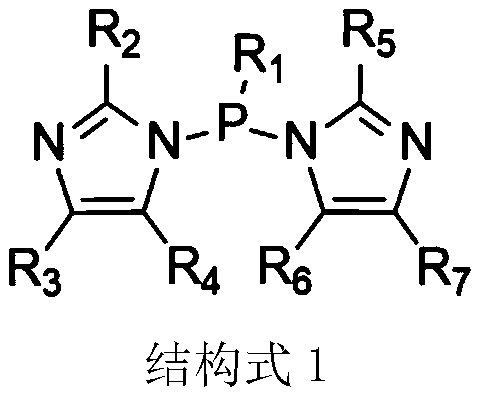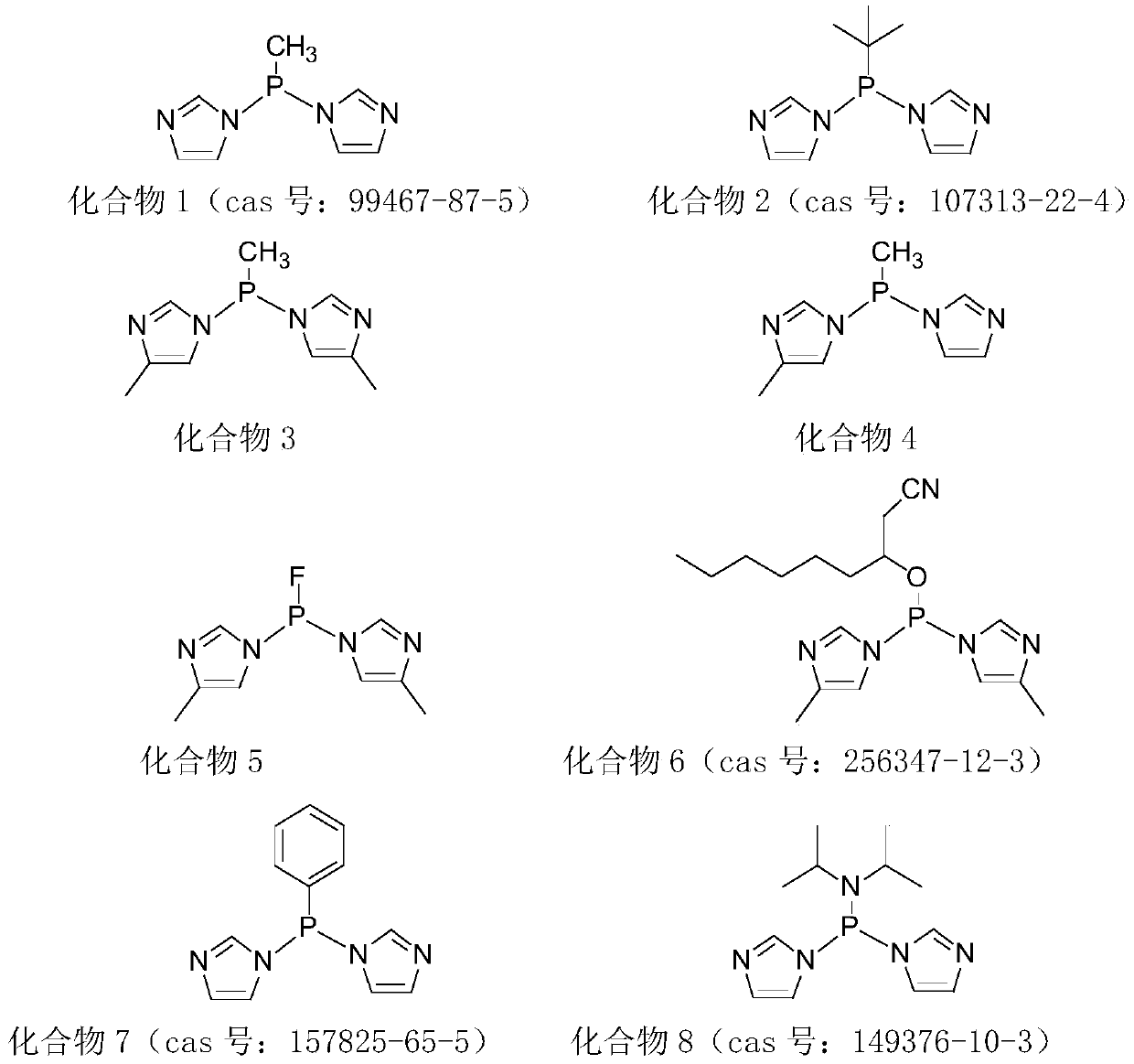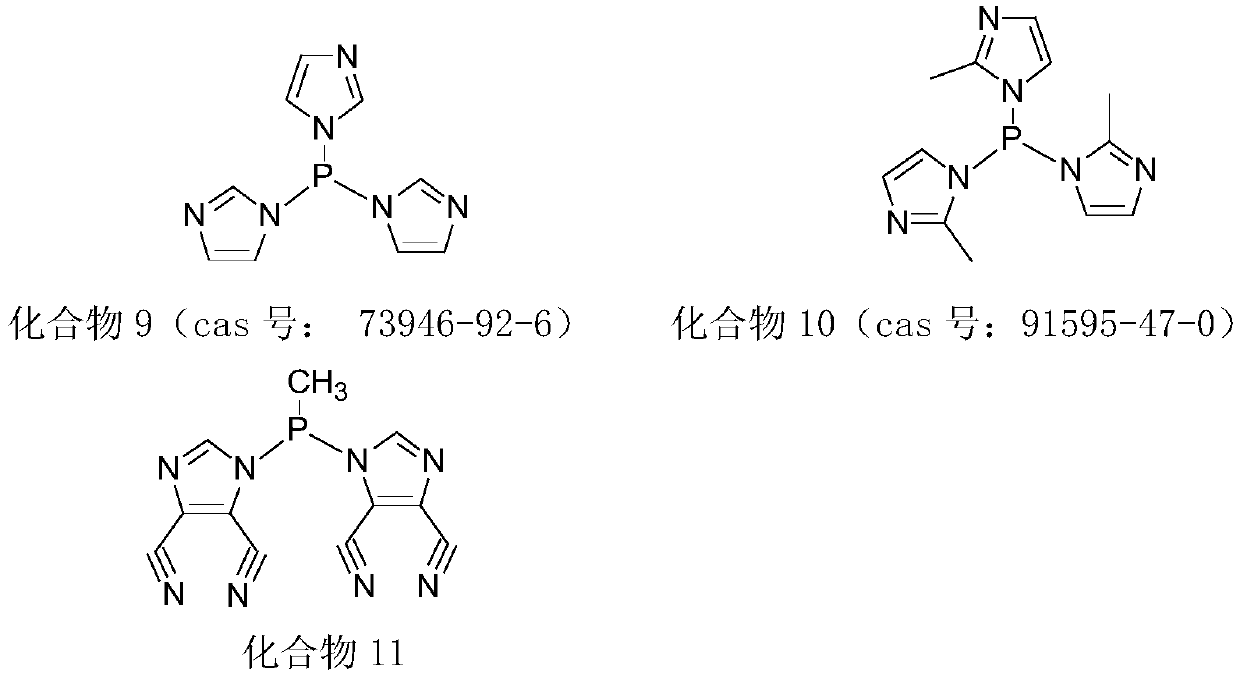Lithium ion battery non-aqueous electrolyte and lithium ion battery comprising electrode
A non-aqueous electrolyte and lithium-ion battery technology, applied in the field of lithium-ion batteries, can solve the problems of high film formation resistance, inability to balance battery cycle performance and low temperature performance, and affect the actual use of batteries
- Summary
- Abstract
- Description
- Claims
- Application Information
AI Technical Summary
Problems solved by technology
Method used
Image
Examples
Embodiment 1
[0048] 1) Preparation of non-aqueous electrolyte:
[0049] In a 99.999% nitrogen glove box, mix ethylene carbonate (EC), ethylmethyl carbonate (EMC) and diethyl carbonate (DEC) in a mass ratio of 1:1:1, and then add lithium hexafluorophosphate to a concentration of 1.0mol / L; In the above mixed solution containing lithium salt, add the components shown in the mass percentage of Example 1 in Table 1, and mix evenly.
[0050] 2) Production of lithium-ion batteries:
[0051] The electrolyte was injected into the ternary material Li(Ni 0.5 co 0.2 mn 0.3 )O 2 In a soft-packed lithium-ion battery with the positive electrode and the graphite material as the negative electrode, charge with a constant current of 0.05C for 1 hour, then charge with a constant current of 0.2C to 4.0V, and then charge to 4.2V with a current of 0.05C, and finally put the battery in 55 Aged in an oven at ℃ for 24h, and discharged to 3.0V with a constant current of 0.2C.
[0052] 3) Li-ion battery perfor...
Embodiment 2~14
[0063] This embodiment is used to illustrate the lithium-ion battery non-aqueous electrolyte disclosed by the present invention and its preparation method, including most of the operating steps in Example 1, the difference being:
[0064] In the preparation step of the non-aqueous electrolytic solution, the non-aqueous electrolytic solution is added with the components shown in Table 1, Example 2-Example 14 in mass percentage.
[0065] The specific test method is consistent with that of Example 1, and the test results are shown in Table 2.
PUM
 Login to View More
Login to View More Abstract
Description
Claims
Application Information
 Login to View More
Login to View More - R&D
- Intellectual Property
- Life Sciences
- Materials
- Tech Scout
- Unparalleled Data Quality
- Higher Quality Content
- 60% Fewer Hallucinations
Browse by: Latest US Patents, China's latest patents, Technical Efficacy Thesaurus, Application Domain, Technology Topic, Popular Technical Reports.
© 2025 PatSnap. All rights reserved.Legal|Privacy policy|Modern Slavery Act Transparency Statement|Sitemap|About US| Contact US: help@patsnap.com



